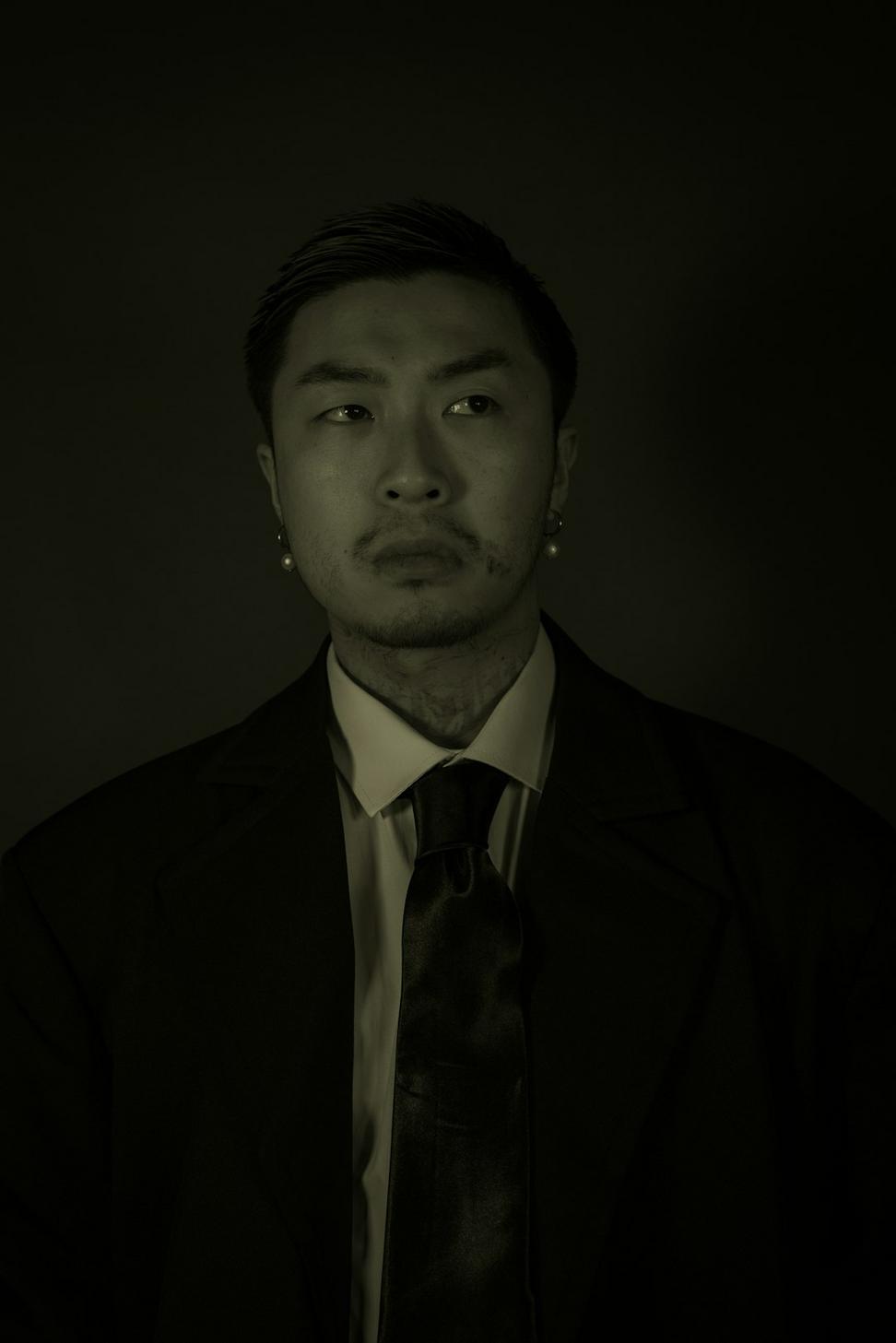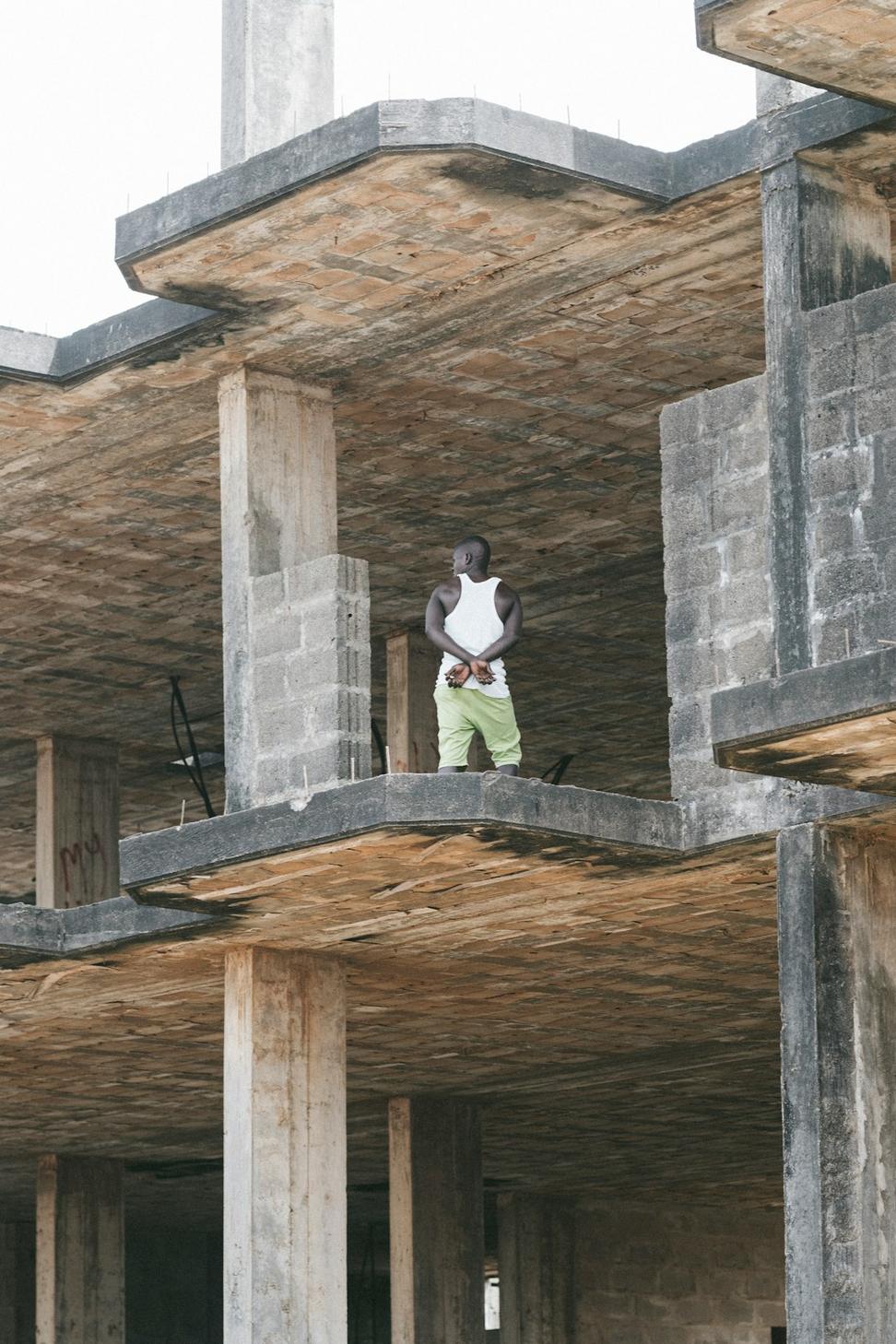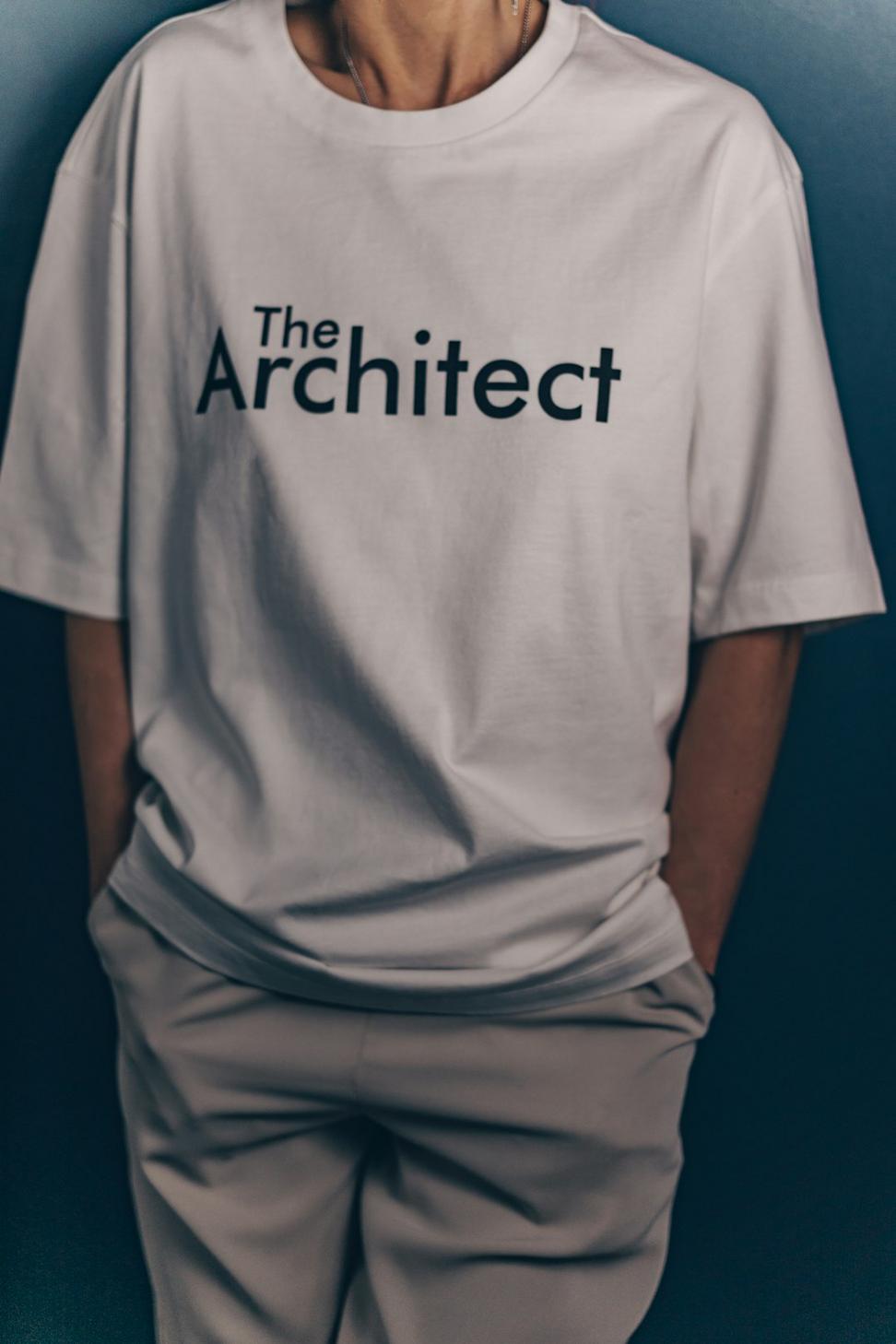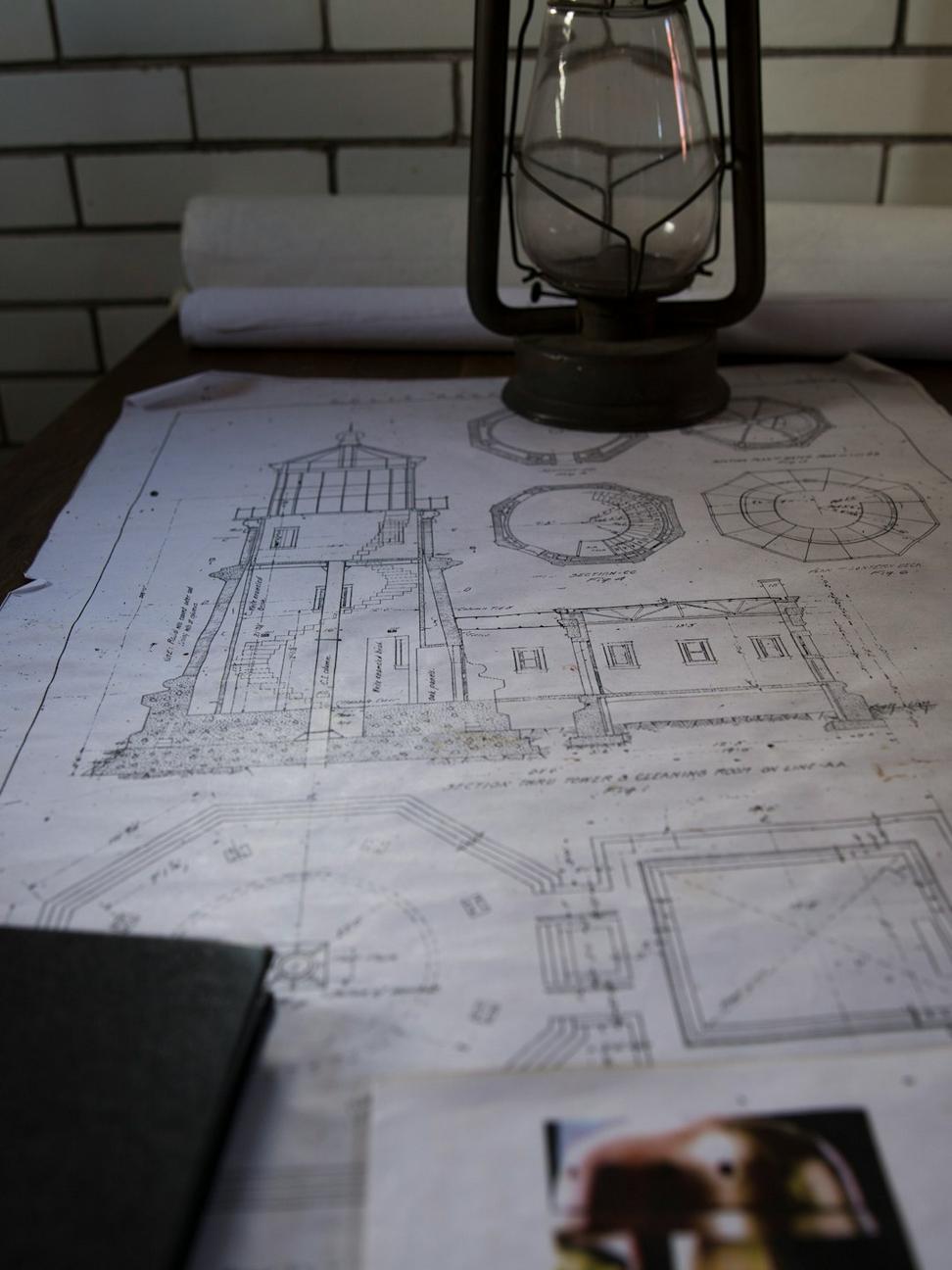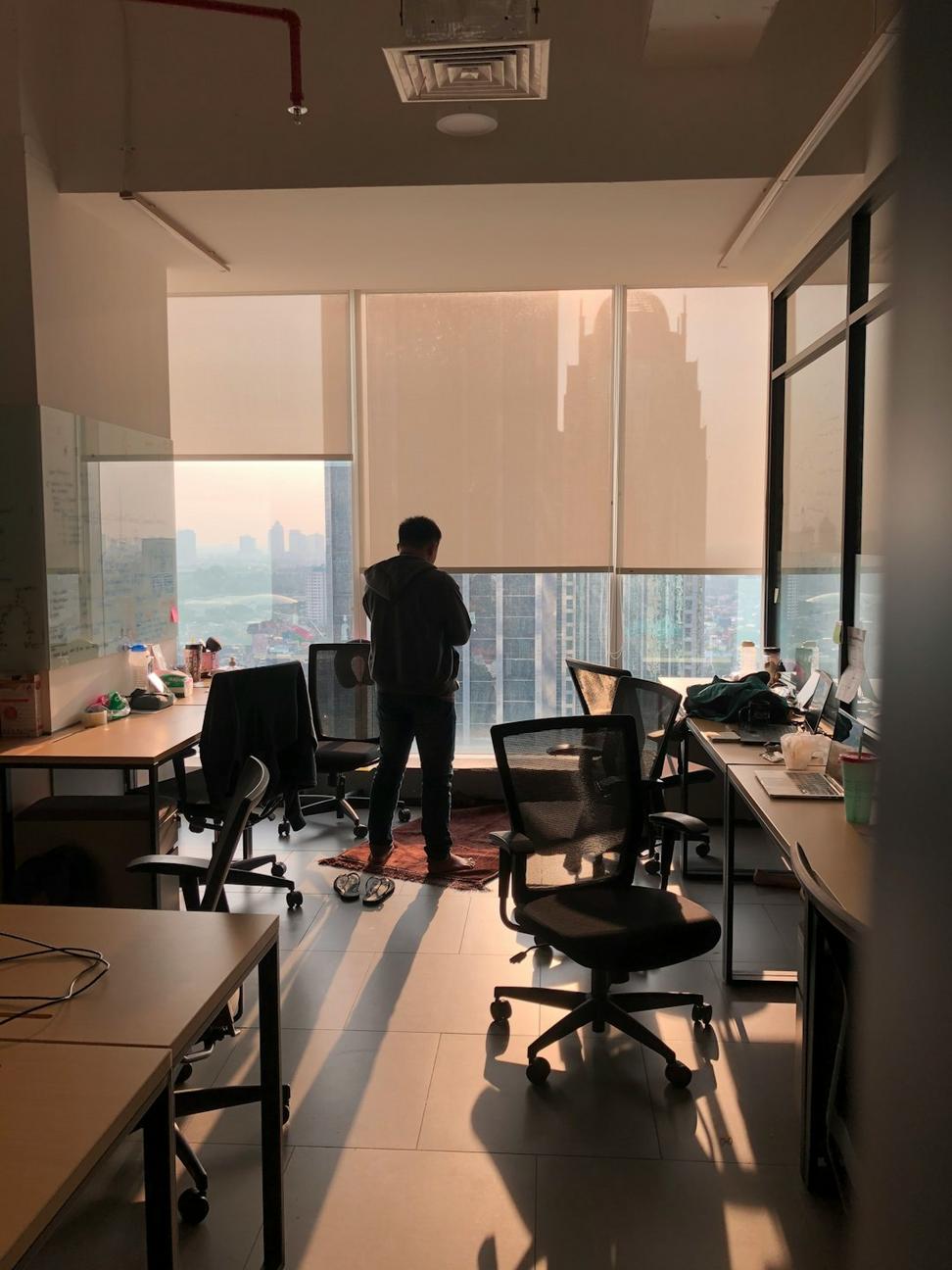The Team
The folks who actually make things happen around here
Marcus Chen
Principal Architect
Been at this for 18 years and still get excited about a good floor plan. Specializes in making institutional buildings feel less... institutional. Drinks way too much espresso and has strong opinions about curtain walls.
Sarah Kowalski
Design Director
The one who keeps our designs from going completely off the rails while still pushing boundaries. Got her start in heritage restoration, so she's got this thing about respecting context. Also somehow manages our chaotic design reviews without losing it.
David Osei
Sustainability Lead
Our environmental conscience. If it's not sustainable, David will let you know - politely but firmly. LEED AP certified and lowkey obsessed with passive design strategies.
Elena Rodriguez
Senior Project Architect
The person clients actually want running their projects. Super organized, knows every building code by heart, and somehow keeps contractors in line. Used to work on high-rises downtown before joining us.
Jamie Park
Visualization Specialist
Graduated like three years ago but already makes renders that look better than actual photos. Also our go-to person when Revit decides to crash at 4pm on a Friday. Gaming PC knowledge translates surprisingly well to architectural visualization apparently.
Patricia Lawson
Urban Planning Consultant
Comes in when projects need someone who actually understands city bylaws and community engagement. Spent a decade at the city planning department, so she knows all the right people and processes.
